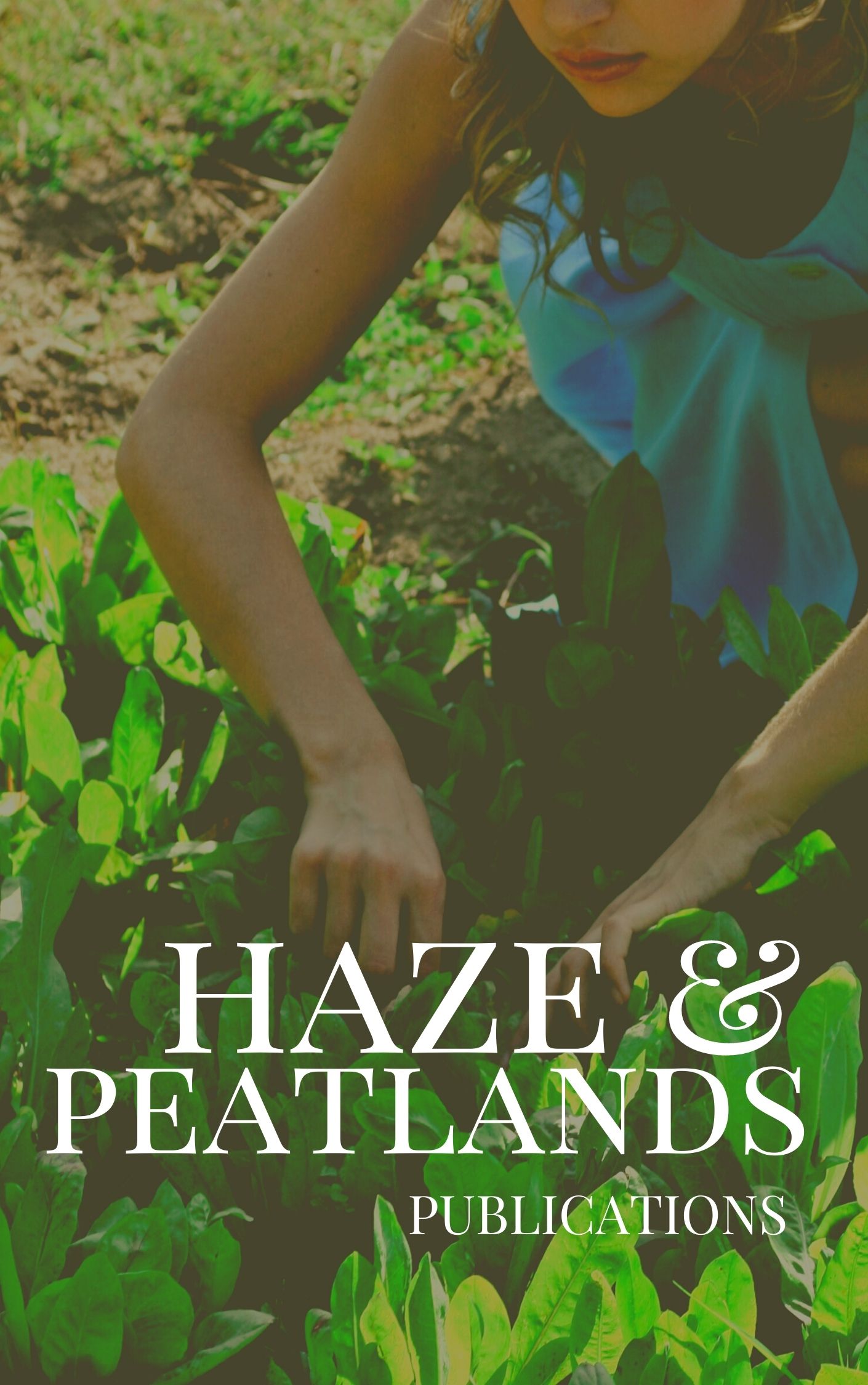We investigated the short-term impact of disturbance on genetic diversity and structure of the tropical butterfly Drupadia theda Felder (Lepidoptera: Lycaenidae). Populations were sampled from five landscapes in East Kalimantan (Borneo, Indonesia) which were differentially disturbed by selective logging and the 1997/1998 El Nino Southern Oscillation (ENSO)-induced drought and fires. Sampling occurred before (in 1997) and after the forest fires (in 1998, 1999, 2000, and 2004). Drupadia theda populations underwent serious population size reductions following the 1997/1998 ENSO event. For a total of 208 individuals, we sequenced a 509-bp segment of mtDNA containing the control region plus the 5' end of the 12S rDNA gene. Haplotype diversity in D. theda populations ranged from 0.468 to 0.953. Just after the 1997/1998 ENSO event, number of recorded individuals and genetic diversity were very low in D. theda populations sampled in the two severely burned areas and in a small pristine forest fragment that was surrounded by burned forest and thereby affected by drought. Interestingly, higher levels of genetic diversity were observed in logged forest compared to proximate pristine forest. After 1998, the genetic composition within the three ENSO-disturbed areas diverged. In the twice-burned forest, the genetic diversity in 1999 already approached pre-fire levels, while it remained nearly unchanged in proximate once-burned forest. Our data suggest that the 1997/1998 ENSO-induced drought and fires caused massive reductions in the genetic diversity of D. theda and that population recoveries were linked to their geographical position relative to patches of unburned forest (and thus to source populations).
View source

